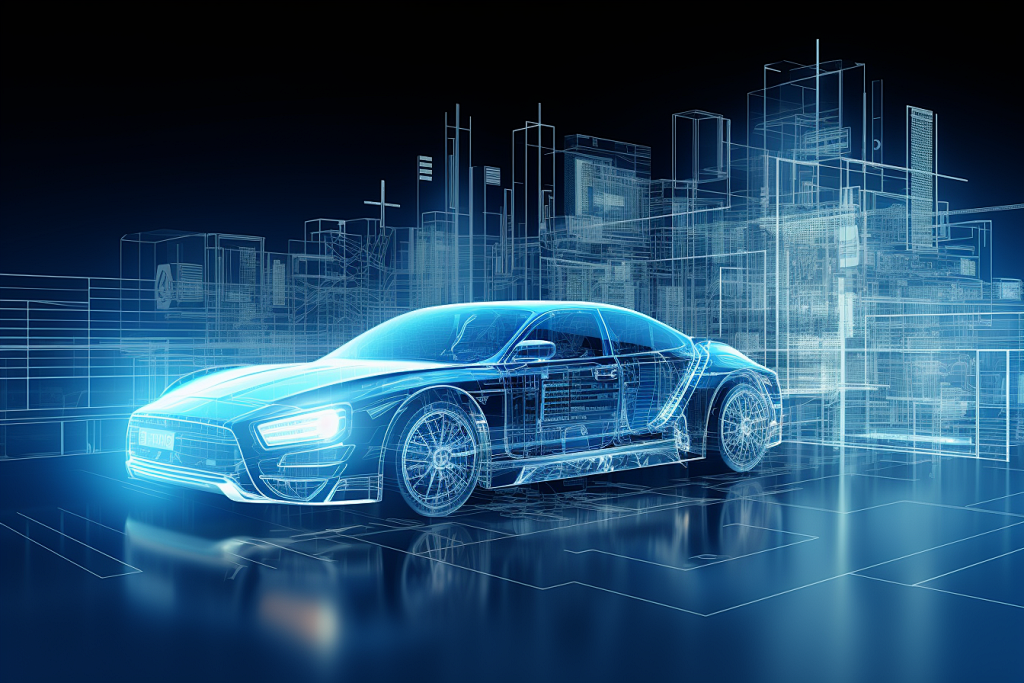What are the advantages and disadvantages of passive and active components?
Advantages of passive components:
Relatively low cost: The manufacturing process is usually relatively simple, and the raw material cost is also low.
High stability: not affected by power fluctuations and other factors, the performance is relatively stable.
Good durability: Generally, the structure is simple, not easily damaged, and has a long service life.
Low noise: It does not generate additional noise and has minimal interference with the signal.
Disadvantages of passive components:
Cannot amplify or process signals: can only perform operations such as allocation, filtering, coupling, etc.
Relatively single function: poor flexibility, unable to achieve complex functions.
Advantages of active devices:
Capable of signal amplification and processing: can enhance signal strength, achieve various signal transformations and modulations.
Rich and diverse functions: capable of completing various complex circuit functions.
Strong controllability: Its working state and performance can be adjusted through external control signals.
Disadvantages of active devices:
High cost: The manufacturing process is complex and requires power support.
High noise: may introduce some noise, affecting signal quality.
Stability is affected by power supply: fluctuations in power supply may affect its performance.
High power consumption: It requires electricity consumption during operation.
For example, in communication systems, active devices such as amplifiers must be used to enhance signal strength; In some simple filtering and coupling scenarios, passive components such as filters and couplers can meet the requirements with lower cost and higher stability. Are you learning relevant knowledge or considering the selection of these devices when designing circuits?











Please first Loginlater ~